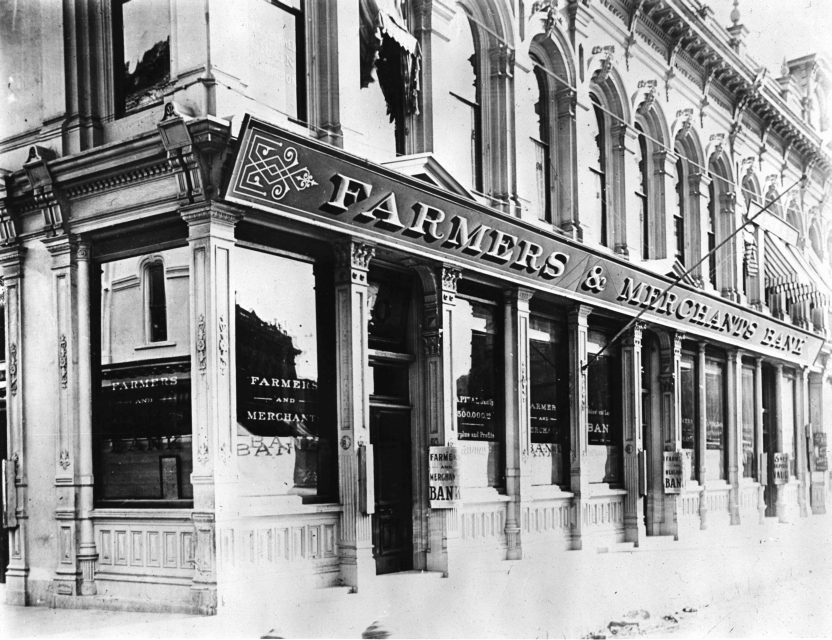Via the wonderful Longreads, I came across Geoff Manaugh’s 2013 Cabinet piece about Los Angeles’s 1990s reputation as bank robbery capital of the world, which includes an extended meditation on the inscrutable and illegal exploits of the “Hole in the Ground Gang,” which attempted to mole its way to millions. The opening:
“In the 1990s, Los Angeles held the dubious title of ‘bank robbery capital of the world.’ At its height, the city’s bank crime rate hit the incredible frequency of one bank robbed every forty-five minutes of every working day. As FBI Special Agent Brenda Cotton—formerly based in Los Angeles but now stationed in New York City—joked at an event hosted by Columbia University’s school of architecture in April 2012, the agency even developed its own typology of banks in the region, most notably the ‘stop and rob’: a bank, located at the bottom of both an exit ramp and an on-ramp of one of Southern California’s many freeways, that could be robbed as quickly and as casually as you might pull off the highway for gas.
In his 2003 memoir Where The Money Is: True Tales from the Bank Robbery Capital of the World, co-authored with Gordon Dillow, retired Special Agent William J. Rehder briefly suggests that the design of a city itself leads to and even instigates certain crimes—in Los Angeles’s case, bank robberies. Rehder points out that this sprawling metropolis of freeways and its innumerable nondescript banks is, in a sense, a bank robber’s paradise. Crime, we could say, is just another way to use the city.
Tad Friend, writing a piece on car chases in Los Angeles for the New Yorker back in 2006, implied that the high-speed chase is, in effect, a proper and even more authentic use of the city’s many freeways than the, by comparison, embarrassingly impotent daily commute—that fleeing, illegally and often at lethal speeds, from the pursuing police while being broadcast live on local television is, well, it’s sort of what the city is for. After all, Friend writes, if you build ‘nine hundred miles of sinuous highway and twenty-one thousand miles of tangled surface streets’ in one city alone, you’re going to find at least a few people who want to really put those streets to use. Indeed, Friend, like Rehder, seems to argue that a city gets the kinds of crime appropriate to its form—or, more actively, it gets the kinds of crime its fabric calls for.
Of course, there are many other factors that contribute to the high incidence of bank robbery in Los Angeles, not least of which is the fact that many banks, Rehder explains in his book, make the financial calculation of money stolen per year vs. annual salary of a full-time security guard—and they come out on the side of letting the money be stolen. The money, in economic terms, is not worth protecting.”

